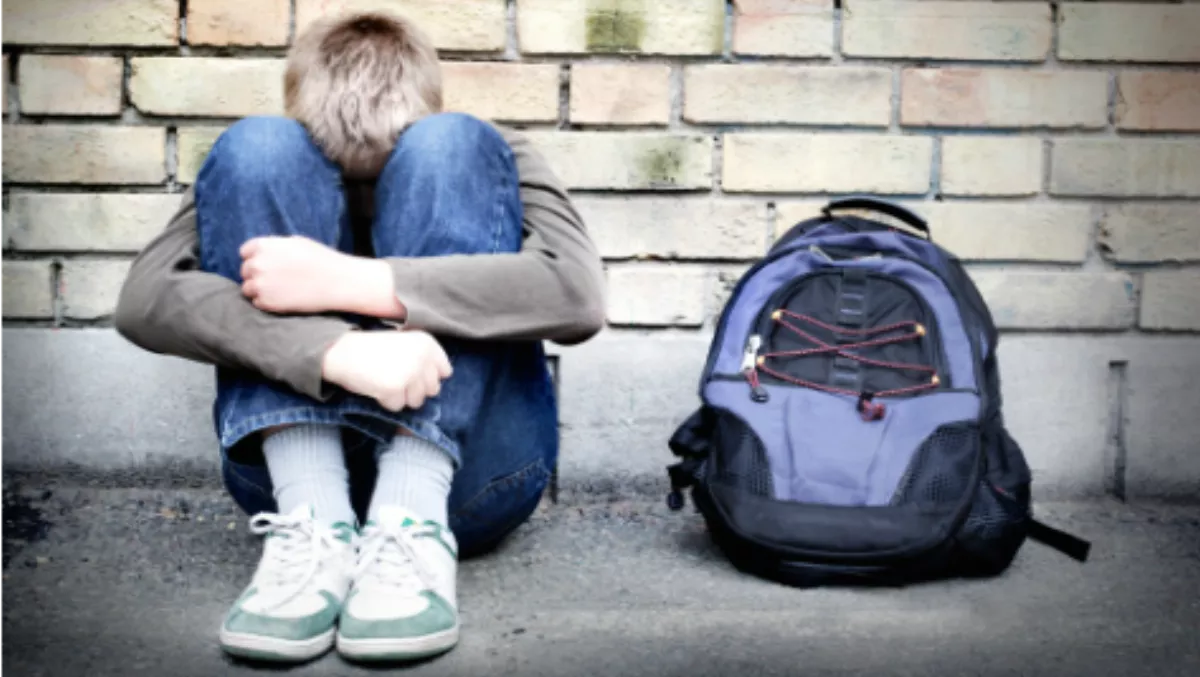
New Aussie laws do more to protect cyber bullying victims
Online bullying was for a long time merely frowned upon, but it seems governments around the world are putting laws in place to protect people from online attacks.
The death of long-time cybertroll victim Charlotte Dawson last year sparked vigorous moral debate about the evils of the internet.
While some see the solution as ending anonymity online, others feel leglisation is required to scare off would-be bullies.
New Zealand has shockingly high youth suicide rates and high levels of online bullying, and the government proposed the Harmful Digital Communications Bill earlier this year, which would make it easier for authorities to deal with cyber bullies.
The bill will give courts the power to order individuals, internet service providers and social media sites such as Facebook to remove or correct harmful material, apologise, give complainants a right of reply, and disclose the identity of anonymous sources.
The Australian government aims to have its new laws enhance online safety for children.
The proposals include a complaints system backed by legislation to get harmful cyber-bullying material targeted at an Australian child down quickly from large social media sites, ready to introduce to parliament by the end of the year.
Speaking at the ‘Protecting Children and Youth Online’ conference in Melbourne, Paul Fletcher MP, parliamentary secretary to the Australian Minister for Communications, gave more details of the proposed laws.
The new laws will establish the new Office of the Children’s e-Safety Commissioner, as an independent statutory office within the Australian Communications and Media Authority.
Under the new laws, the Children’s e-Safety Commissioner will have the power to issue a notice to large social media services requiring them to remove cyber-bullying material targeted at an Australian child.
Mr Fletcher explained that the laws will establish a ‘two tier’ scheme: under tier 1 large social media services can work cooperatively with the commissioner; but if they repeatedly fail to respond to notices they face being moved to tier 2, under which they will be legally required to comply with a notice issued by the commissioner to remove cyber-bullying material, and a failure to comply will attract penalties.
“This two-tier scheme allows for light-touch regulation in circumstances where a large social media service has an effective complaints scheme; but it gives the government real teeth to require that cyber-bullying material be removed where a large social media service does not have an effective and well-resourced complaints system,” Fletcher says.
The commissioner will also have the power to issue a notice to a person who has posted cyber-bullying material targeted at an Australian child, requiring the person to remove the material.


